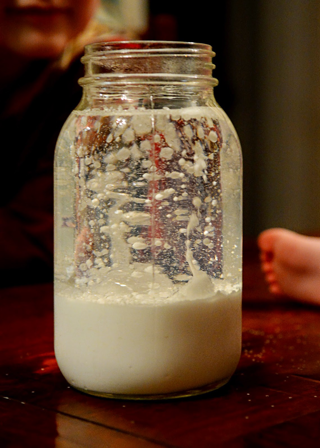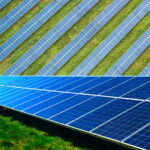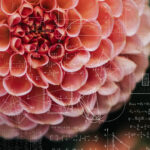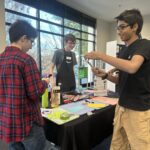Have you ever wanted to harness the power of a snowstorm? Or just wanted to watch something fizz and react? This is the project for you! A few simple ingredients and BAM – your very own snowstorm without the hassle of having to go to the grocery store and buy all the milk and bread in the world. Enjoy this activity again and again as you watch the ingredients mix and swirl in your hand-held winter wonderland!
Materials:
- A Jar Container (like a Mason jar)
- Antacid Tablets (like Alka-seltzer)
- White Paint
- Water
- Baby Oil
- Glitter
Activity:
Based on the size of your container your quantities may differ. For a standard sized mason jar, use 1 cup of baby oil and ¼ cup of water. Mix in some white paint and glitter to create the shimmering effect of winter snow. Mix well to ensure maximum snowfall and then wait until all materials have settled. Drop in one antacid tablet and watch the magic of your very own indoor snowstorm. Continue to add the tablets as many times as you want to dazzle your friends and family. This experiment can also be put away and pulled back out for continued fun!
The Science:
The key word of this fun filled storm is density. Density refers to the mass of the molecules in a material and how tightly the atoms in the material are packed together. Since oil is less dense than water, it sits on top and exerts pressure downwards onto the water. Adding the antacid tablet creates a reaction that fizzes, and those fizzing bubbles create a force pushing the water up, but the oil is constantly exerting pressure on it. All that together creates an amazing simulation of a snow storm!
Further Exploration:
- What happened before you added the antacid tablet? What about after?
- What else can you add to your snowstorm?
- Are your new additions more or less dense than water? How do you know?





